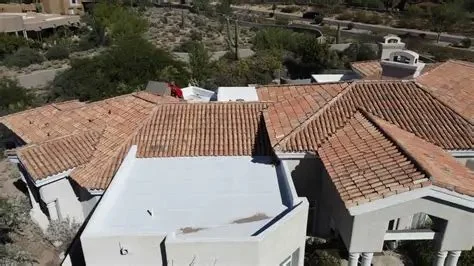
- -how-seismic-activity-affects-roof-lifespan-#how-seismic-activity-affects-roof-lifespan
- -what-materials-are-best-for-roofs-in-seismic-areas-#what-materials-are-best-for-roofs-in-seismic-areas
- -how-to-maintain-your-roof-in-an-earthquake-prone-area-#how-to-maintain-your-roof-in-an-earthquake-prone-area
- -real-world-examples-of-roofs-in-earthquake-zones-#real-world-examples-of-roofs-in-earthquake-zones
- -choosing-the-right-roof-for-your-home-at-beachco-roofing-hub-#choosing-the-right-roof-for-your-home-at-beachco-roofing-hub
How Seismic Activity Affects Roof Lifespan
In areas with high seismic activity, such as California, Japan, or parts of Chile, the durability of roofs is a significant concern for homeowners. Earthquakes create movements in the ground that can put stress on the structure of a house, including its roof. This kind of pressure can impact the lifespan of roofing materials and lead to premature wear or damage.
While most modern roofs are designed to withstand basic environmental pressures, seismic movements present unique challenges. The constant shaking can cause cracks in roofing materials, loosen fasteners, and lead to displacement or warping. Over time, these effects can shorten the lifespan of your roof, requiring more frequent repairs or replacement than roofs in areas with minimal seismic activity.
What Materials Are Best for Roofs in Seismic Areas?
When building or maintaining a roof in a seismic zone, selecting the right materials can make a significant difference in durability. Some roofing materials are better equipped to handle the stresses caused by seismic activity, while others are more vulnerable to damage.
1. Metal Roofing
Metal roofs are one of the most durable options for homes in seismic areas. Metal roofing materials are lightweight but strong, and they can better withstand the vibrations caused by earthquakes. They also have a longer lifespan than other materials, typically lasting 50+ years. Metal roofs are resistant to cracking and warping, making them ideal for regions prone to seismic movement.
2. Concrete and Tile Roofs
Concrete and tile roofs, while durable and long-lasting, may not perform as well during seismic activity unless properly reinforced. While these materials are strong, they can become brittle over time and may crack under significant ground movement. Reinforcing concrete with steel and ensuring tile roofs are securely fastened can mitigate some of these risks.
3. Asphalt Shingles
Asphalt shingles are commonly used for their affordability and ease of installation. However, they tend to be less durable in earthquake-prone areas compared to metal or concrete roofs. Shingles can loosen or become displaced during shaking, leading to potential leaks and other damage. Regular maintenance is necessary to ensure shingles stay in place.
How to Maintain Your Roof in an Earthquake-Prone Area
Maintaining a roof in a seismic area requires regular inspections and proactive repairs to prevent damage from shaking. Below are some key maintenance tips to keep your roof in good condition and extend its lifespan:
1. Regular Inspections
Schedule regular roof inspections with a professional, particularly after significant earthquakes or tremors. A qualified roofer can check for signs of wear, cracks, or loose components. Catching small issues early can help prevent more significant damage in the future.
2. Reinforce Weak Points
If your roof uses materials like concrete tiles or asphalt shingles, reinforce weak points with additional fasteners or support structures. Ensure that tiles are properly aligned and securely attached to the roof deck to reduce the risk of dislodging during an earthquake.
3. Address Roof Leaks Immediately
Seismic activity can sometimes cause small cracks or leaks in the roof. These may not be immediately noticeable, but over time, they can worsen, especially during the rainy season. Be proactive in repairing leaks to avoid long-term water damage to the structure.
Real-World Examples of Roofs in Earthquake Zones
Several cities around the world have experienced severe earthquakes that have highlighted the importance of strong, well-maintained roofs. One such example is the 2011 earthquake in Japan, where buildings with reinforced metal roofs performed far better than those with traditional materials. In contrast, many older homes with asphalt roofs saw significant damage, with shingles torn off or displaced due to the shaking.
In California, many modern homes are built with seismic retrofitting in mind, ensuring that the roofing materials are reinforced to handle the constant tremors. Homeowners who opted for metal roofs or reinforced concrete found that their roofs held up well, even during major earthquakes, proving the value of investing in the right roofing materials in seismic zones.
Choosing the Right Roof for Your Home at BeachCo Roofing Hub
If you're considering a new roof or repairs for your home in a high seismic activity area, BeachCo Roofing Hub offers expert guidance and high-quality roofing materials designed to withstand the challenges posed by earthquakes. Whether you're looking for a durable metal roof or need advice on reinforcing your current roofing system, we can help you find the best solution for your home’s needs.
Visit BeachCo Roofing Hub today for expert advice and the finest selection of roofing materials tailored to your region's specific requirements. Protect your home with a roof that stands the test of time and seismic movement.

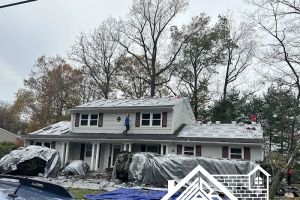
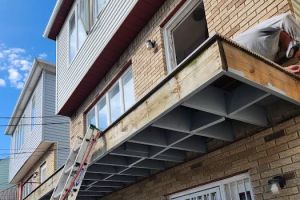
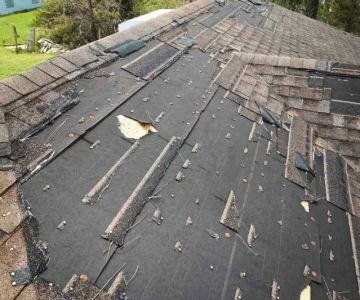
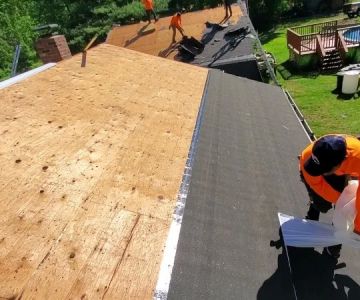

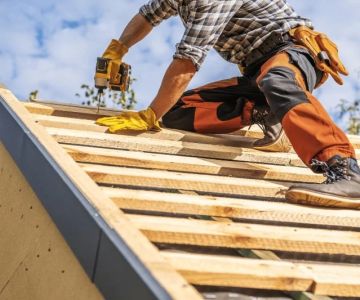
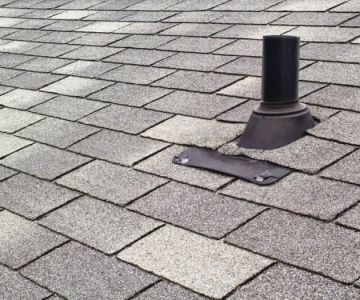

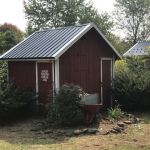 Pioneer Metal Roofing4.0 (27 reviews)
Pioneer Metal Roofing4.0 (27 reviews)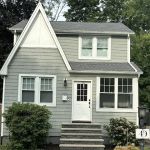 GDC Contracting Inc4.0 (83 reviews)
GDC Contracting Inc4.0 (83 reviews)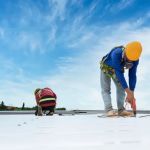 Roofing Services5.0 (12 reviews)
Roofing Services5.0 (12 reviews)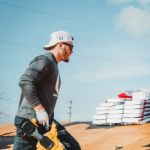 CR3 American Exteriors5.0 (10 reviews)
CR3 American Exteriors5.0 (10 reviews)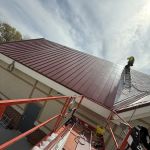 MM panels Wechester LLC0.0 (0 reviews)
MM panels Wechester LLC0.0 (0 reviews)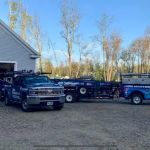 Adam Vaillancourt Roofing & Gutters4.0 (1045 reviews)
Adam Vaillancourt Roofing & Gutters4.0 (1045 reviews)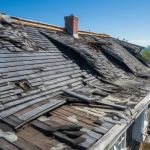 How to Identify and Repair Roof Damage from Sea Spray in Coastal Homes
How to Identify and Repair Roof Damage from Sea Spray in Coastal Homes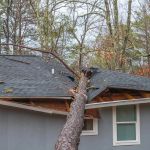 How to Prevent Roof Damage from Tree Root Systems Underneath the Structure
How to Prevent Roof Damage from Tree Root Systems Underneath the Structure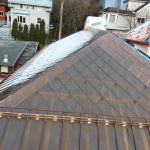 How to Install Roof Snow Fences to Control Drifting
How to Install Roof Snow Fences to Control Drifting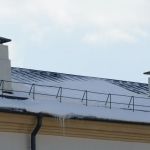 How to Install Roof Ice and Water Shield on Complex Roof Details
How to Install Roof Ice and Water Shield on Complex Roof Details The Best Roofing Materials for a Barndominium or Pole Barn
The Best Roofing Materials for a Barndominium or Pole Barn The Average Cost of a Roof Coating with a 10-Year Warranty
The Average Cost of a Roof Coating with a 10-Year Warranty